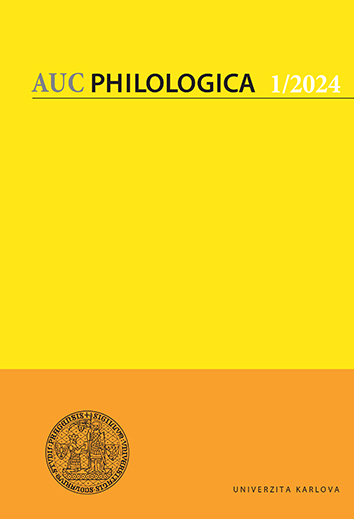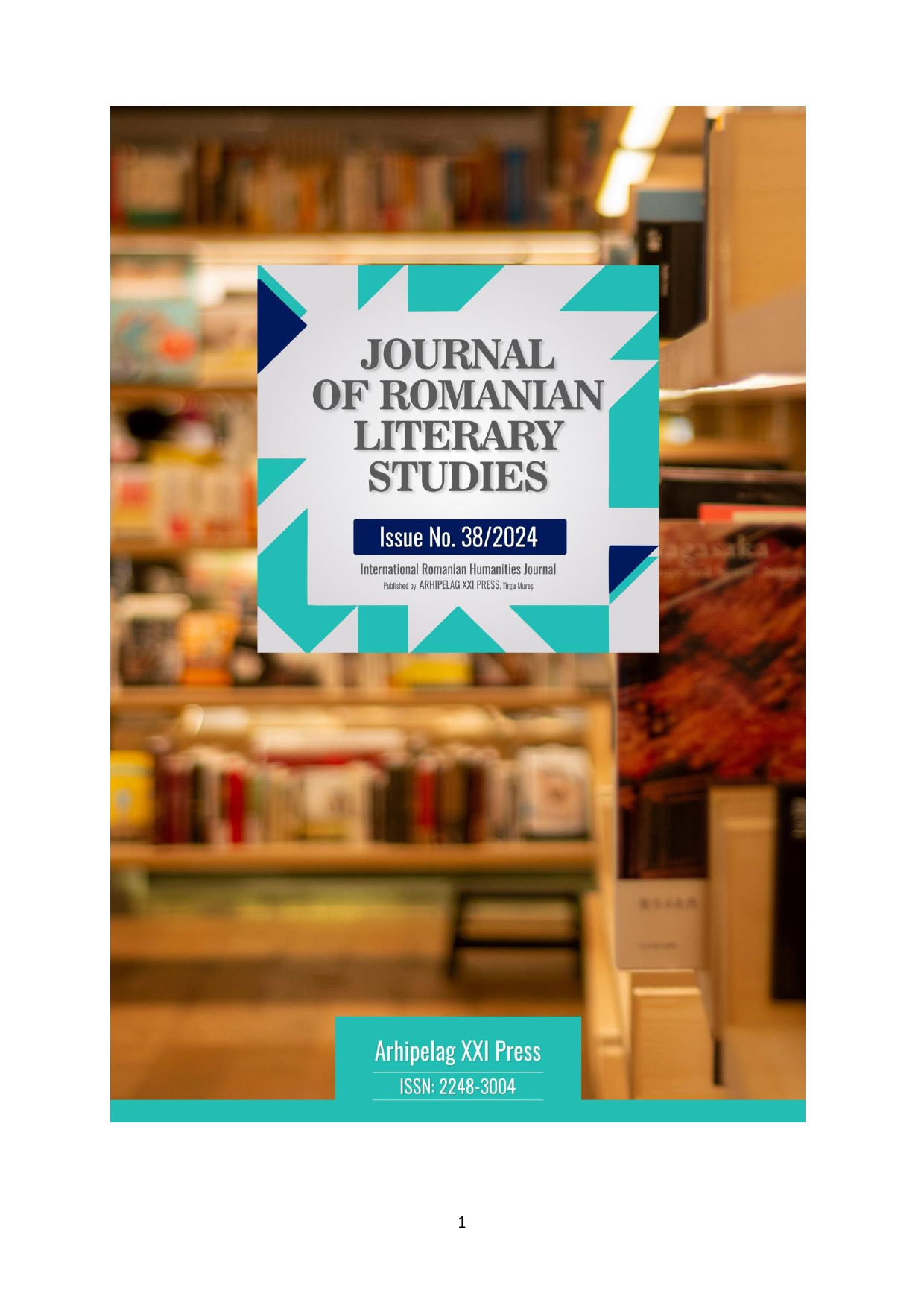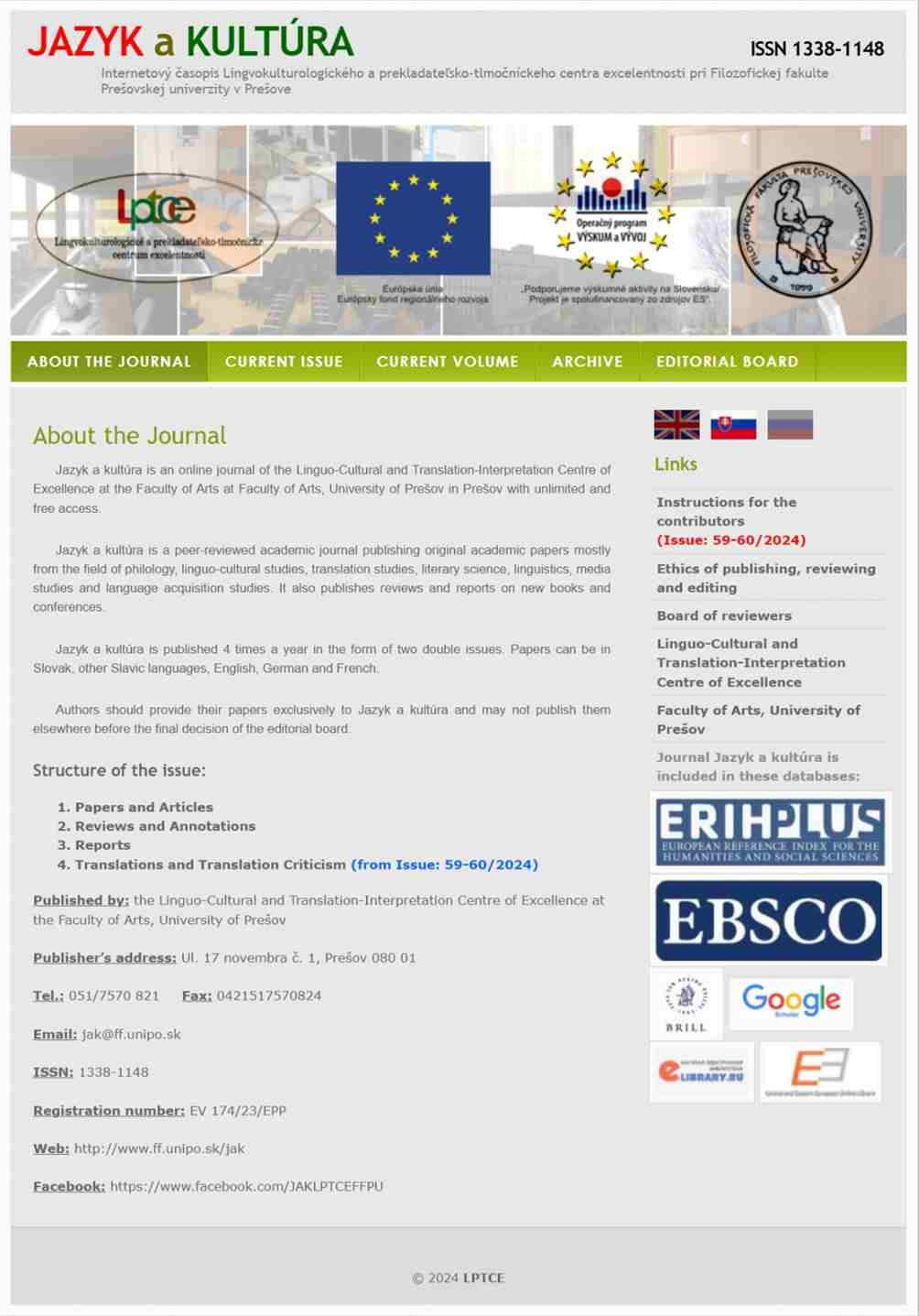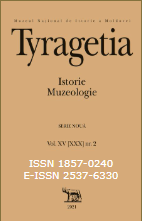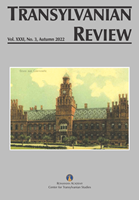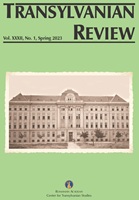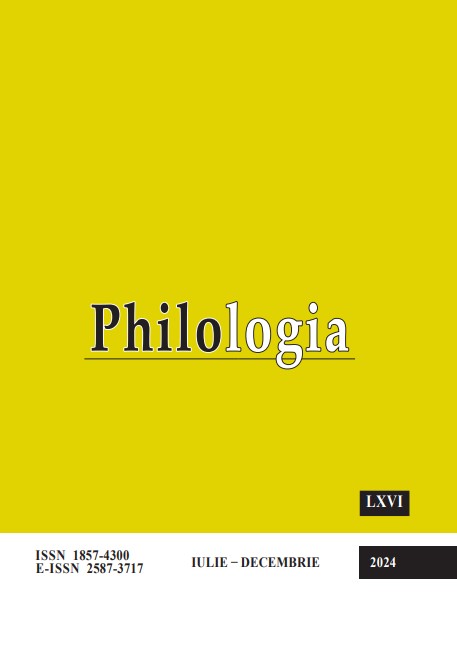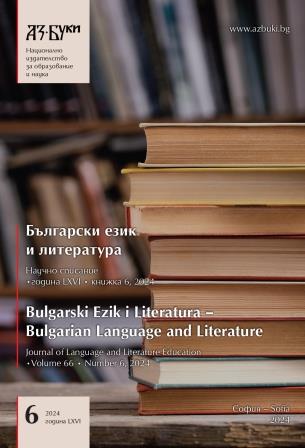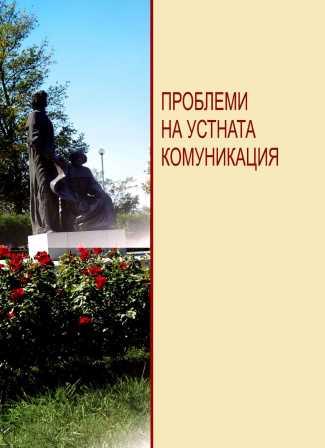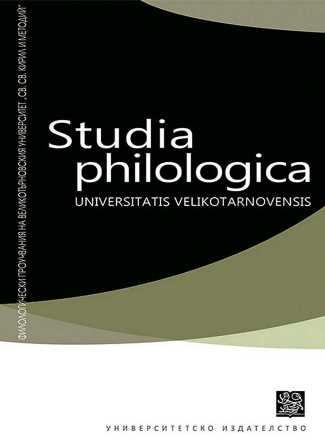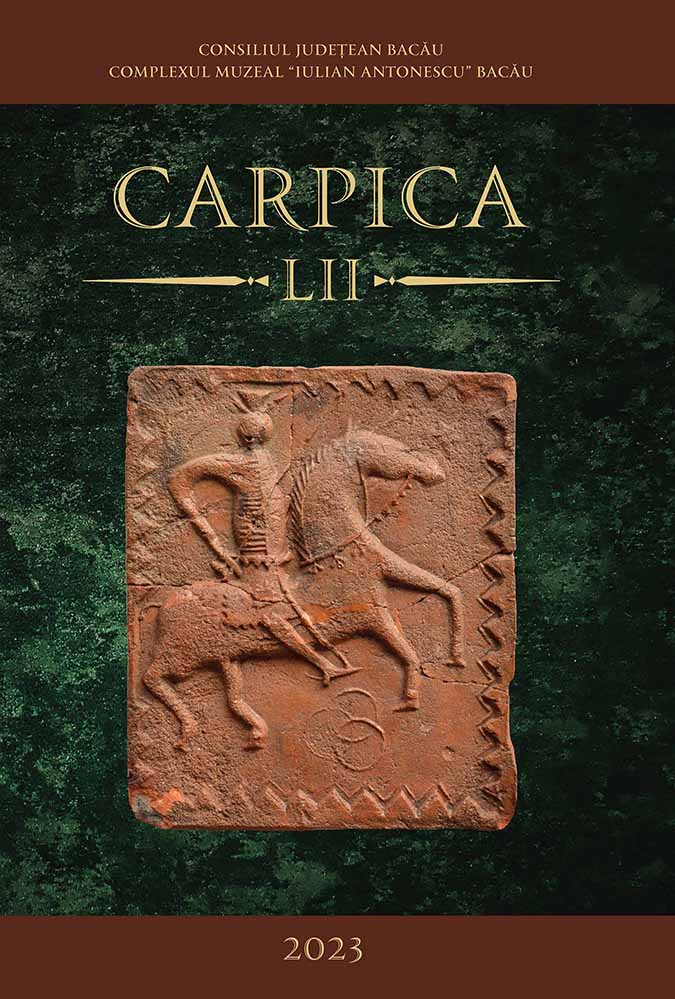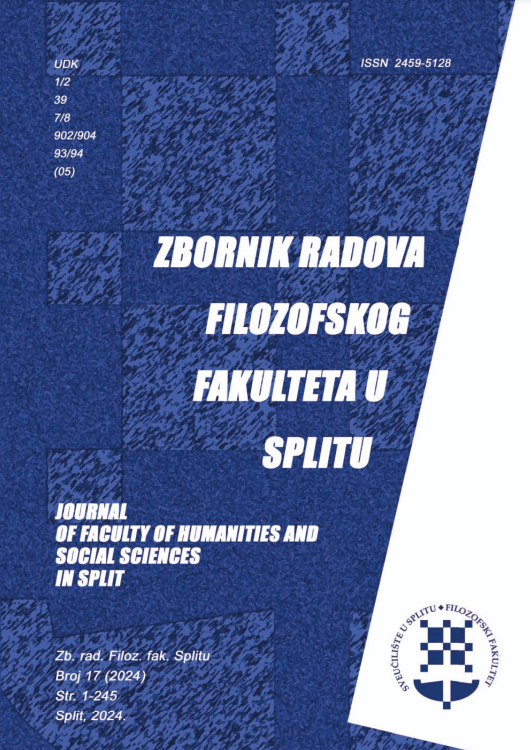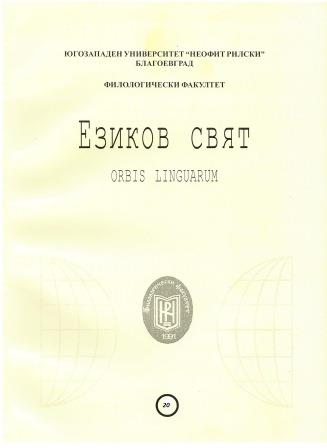
ДОСЛІДЖЕННЯ ІСТОРИЧНОЇ ФРАЗЕОЛОГІЇ В УКРАЇНСЬКОМУ МОВОЗНАВСТВІ (50-ті рр. ХХ ст. – 20-ті рр. ХХІ ст.)
The article attempts to analyze the state of studying the formation of the phraseological fund of the Ukrainian language in domestic linguistics. The analysis showed that the traditional approach in Ukrainian studies is to fix the phraseology, clarify its semantics and unite them in groups according to the semantic criterion. In a few studies, the stylistic functions of phraseological units are presented and their comparative analysis in related languages is performed. It was found that the research was performed on the basis of materials of business style written documents of the XIV–XVII centuries, while written documents of other styles serve as a source base much less often or were left out of consideration. The same applies to the time period where the Kyiv Rus’ period is presented in only one study. The analysis of works on historical phraseology showed that in Ukrainian linguistics this trend has not been studied yet. The number of written memorabilia available for research is increasing, while several linguists are currently working on their phraseological system. The traditional method of interpreting phraseology is undergoing transformation: instead of studying phraseology within one style, one can observe its processing through discourse analysis and cross-stylistic parallels, which allows to record metaphorical shifts and determine in which style or genre the phraseologized meaning developed.
More...
